Top Tips for Remembering Dance Routines
We’ve all been there. The music starts, you strike your opening pose... and then your mind goes completely blank. What came after the turn? Is this the bit where we jump or spin? And why can’t your brain remember the thing your body practised all week?
The truth is, remembering dance routines doesn’t always come naturally—especially when you’re juggling timing, technique, and performance all at once. But the good news is there are loads of clever little tricks that can help. Whether your child is new to class or preparing for a showcase, these tips will give them the confidence to remember the steps and enjoy the moment.
1. Break It Into Sections
Trying to remember a full routine in one go is like trying to memorise a whole book. Instead, split the routine into smaller chunks. Dancers often give each section a nickname like “the spin bit,” “the claps,” or “the side step bit.”
Giving each part a label helps make the routine feel more manageable—and easier to recall when the music’s playing.
2. Use the Music as a Guide
Music is your best friend when it comes to memory. Notice the rhythm, lyrics, or changes in the beat that match each section of the routine.
Listening to the track outside of class—even without dancing—helps the brain map the moves to the music. That way, when the routine kicks in, the music itself becomes a cue to what comes next.
3. Visualise the Routine
This might sound a little odd, but sitting quietly and picturing the routine in your mind can be surprisingly effective. Visualise yourself doing each move, where you stand, how you transition, and what the next step is.
The brain processes mental rehearsal similarly to physical rehearsal—so when you imagine it, you’re actually strengthening your memory of the steps.
4. Say the Steps Out Loud
Whether it’s “step ball change,” “pivot, pose, clap,” or “right, left, slide,” saying the names of the steps out loud (or even under your breath) can help with recall—especially during tricky transitions.
Some dancers even come up with little rhymes or phrases that match their movements. If it sounds silly but works, it’s brilliant.
Dancing makes use of your kinesthetic memory through movement and repetition, which means your body remembers through doing—not just watching. Speaking the steps while moving can strengthen that connection.
5. Practise With Friends
One of the best ways to lock in a routine is to rehearse outside of class with your dance friends. You’ll remind each other of forgotten bits, laugh through the wobbles, and support each other when something doesn’t quite click.
Learning together makes it easier to stay motivated—and it’s way more fun too.
6. Ask Questions and Repeat Key Bits
If there’s a section that keeps tripping you up, ask your teacher if you can walk through it again. There’s no shame in double-checking. Often, a small correction or reminder can make the rest of the routine fall into place.
At Just Dance, we always encourage students to speak up—we want everyone to feel confident, prepared, and proud of their performance.
7. Relax and Trust Your Body
It’s easy to panic when you blank out. But here’s the thing: your body often remembers more than you think. If you take a breath and keep moving, the next step usually comes back.
Try to imagine what it would be like if no one was watching. Let go of perfection, enjoy the music, and trust yourself. You’ve practised this—now let your body show what it knows.
Want to Build Stronger Memory (and Have a Great Time Doing It)?
In every Just Dance class, we focus on helping students feel confident in their routines by using music cues, clear repetition, and creative learning techniques. Whether your child’s a natural memoriser or needs a little extra support, we’re here to help them succeed step by step.
Book a class today and give your child the tools to remember their routines, enjoy their performances, and grow into a dancer who shines from the inside out.
